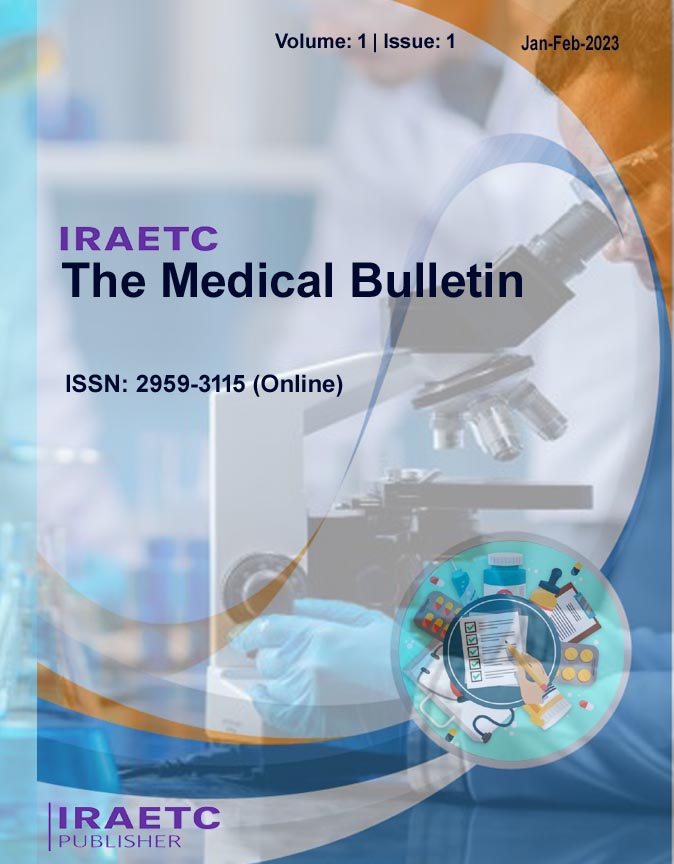| Predictors of Nephrectomy in High Grade Renal Trauma Patients Treated Primarily with Conservative Intent |
| El-Ouardi Khalid, Mouslim Othmane, Lakmichi Mohamed Amine, Dahami Zakaria, Moudouni Mohammed Said, Sarf Ismail |
| DOI: https://doi.org/10.62469/tmb.v01i03.002 |
| Pdf Download |
Purpose: the aim of our study is to assess the characteristics of perinephric hematoma and other prognostic factors of surgical intervention for high grade renal trauma independent of AAST OIS (American association for the surgery for trauma organ injury scale). Materials and methods: A total of 119 patients with high grade renal trauma from January 2005 to September 2021 were identified for analysis. Hospital records and diagnostic imaging were reviewed to identify the need for surgical intervention, including total and partial nephrectomy. Factors examined include patient age, gender, ISS (Injury severity score), AAST-OIS, laceration location, length and number, perinephric hematoma characteristics, intravascular contrast extravasation and devitalised segment status. Descriptive statistics and binary logistic regression were performed as appropriate. Results: Mean patient age was 31, 39 and mean ISS was 22, 80. A total of 24 surgical intervention were required (20%)including partial and total nephrectomy.On univariate analysis, hypotension on admission, hematoma diameter, degree of devitalised fragment superior of 25% and AAST OIS grade were associated with the need of surgical intervention.On multivariate analysis, only hypotension on admission (OR:0,296, 95% CI 0,099-0,885, p: 0,029), hematoma diameter greater than 3,5 cm ( OR:0,253, 95% CI 0,070-0,815, p:0,021) and AAST-OIS grade ( OR: 0,256, 95% CI 0,09-0,72, p: 0,010 ) remained independently associated with surgical intervention. Conclusions: Perinephric hematoma size remains among prognostic factors for surgical intervention that allow better stratification of renal lesions and its study allows a better management of high-grade renal trauma.

